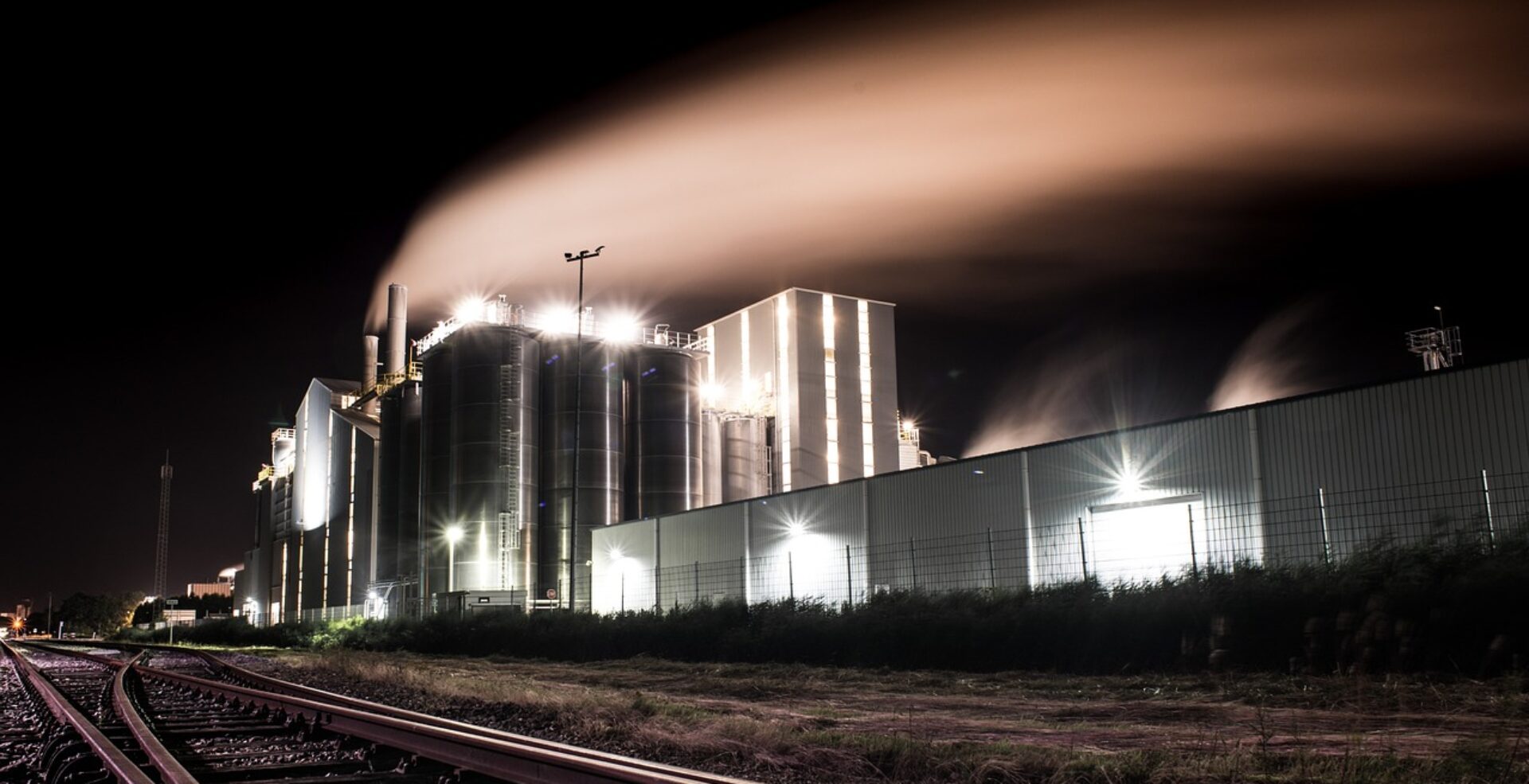In-Depth Analysis of Stainless-Steel Grades: 304 and 316
Stainless steel is a cornerstone material in many industries, including construction, automotive, and allied sectors. Among the numerous grades available, 304 and 316 are the most commonly utilized. Here’s a comprehensive guide to understanding their differences, properties, sourcing, production, and applications, tailored specifically for your needs.
Major Differences Between 304 and 316 Stainless Steel
Composition and Properties:
- 304 Stainless Steel: Often referred to as the “workhorse” of stainless steel, 304 contains 18% chromium and 8% nickel. This composition makes it highly versatile and suitable for a wide range of applications.
- 316 Stainless Steel: This grade includes 16% chromium, 10% nickel, and 2% molybdenum. The addition of molybdenum significantly enhances its corrosion resistance, particularly against chlorides and other industrial solvents.
Corrosion Resistance:
- 304 Grade: Known for its excellent resistance to a variety of environments and many corrosive media. However, it can be prone to pitting and crevice corrosion in chloride-rich environments.
- 316 Grade: Offers superior corrosion resistance compared to 304, thanks to the molybdenum content. It excels in marine and highly corrosive industrial environments.
Strength and Durability:
- 304 Grade: Provides good tensile strength and durability, making it suitable for most general applications.
- 316 Grade: Slightly stronger than 304 due to the molybdenum, making it ideal for high-stress environments.
Cost:
- 304 Grade: Generally more affordable, making it a popular choice for standard applications.
- 316 Grade: More expensive due to the additional alloying elements, but the cost is justified in highly corrosive environments.
Sourcing and Production
Mining and Raw Materials: Stainless steel production starts with the extraction of raw materials, primarily iron ore, nickel, and chromium. Nickel is a crucial component, with major producers including Indonesia, the Philippines, and New Caledonia. Chromium is predominantly sourced from South Africa, which holds the majority of the world’s chromite deposits.
Biggest Mines:
- Nickel: Indonesia leads in nickel production with significant mines like the Pomalaa nickel plant.
- Chromium: The Kemi mine in Finland is a major source of chromium.
Production Process: The extracted ores are processed to produce stainless steel. This involves melting the raw materials in an electric arc furnace, refining the molten steel, and casting it into slabs. These slabs are then rolled into sheets or other forms and further processed into various products.
Global Production of Stainless Steel
Leading Producers:
- China: The largest producer of stainless steel, contributing significantly to the global supply of both 304 and 316 grades.
- India: Another major producer, known for its growing stainless-steel industry.
- Europe and the USA: Also, significant producers, with advanced manufacturing capabilities.
Advantages and Disadvantages
304 Stainless Steel:
- Advantages:
- Cost-effective for general applications.
- Good corrosion resistance in a wide range of environments.
- Excellent formability and weldability.
- Disadvantages:
- Less resistant to chlorides and marine environments compared to 316.
- Susceptible to pitting and crevice corrosion in harsh conditions.
316 Stainless Steel:
- Advantages:
- Superior corrosion resistance, especially in chloride-rich environments.
- Higher strength and durability.
- Better performance in marine and industrial applications.
- Disadvantages:
- Higher cost due to the addition of molybdenum.
- Slightly more challenging to machine and form compared to 304.
Applications
304 Stainless Steel:
- Construction: Used in building frameworks, roofing, and cladding.
- Automotive: Common in exhaust systems, engine parts, and structural components.
- Consumer Goods: Found in kitchen appliances, cookware, and furniture.
316 Stainless Steel:
- Marine: Ideal for boat fittings, docks, and piers due to its resistance to saltwater.
- Chemical Processing: Used in equipment exposed to corrosive chemicals and solvents.
- Medical Devices: Preferred for surgical instruments and implants due to its biocompatibility.
Stainless Steel in New Zealand
In New Zealand, stainless steel grades 304 and 316 are widely used across various industries. Companies like Anzor Fasteners and Blacks Fasteners offer a range of products in both grades, catering to commercial, marine, and industrial applications. The availability of these grades ensures that projects meet the highest standards of quality and durability.
Conclusion
Choosing between 304 and 316 stainless steel depends on the specific requirements of your application. While 304 is cost-effective and versatile, 316 offers superior corrosion resistance and strength for more demanding environments. Understanding the differences, sourcing, and production processes can help you make an informed decision, ensuring the longevity and performance of your projects.

